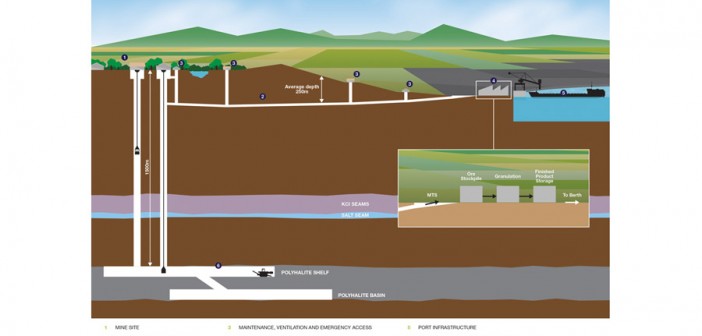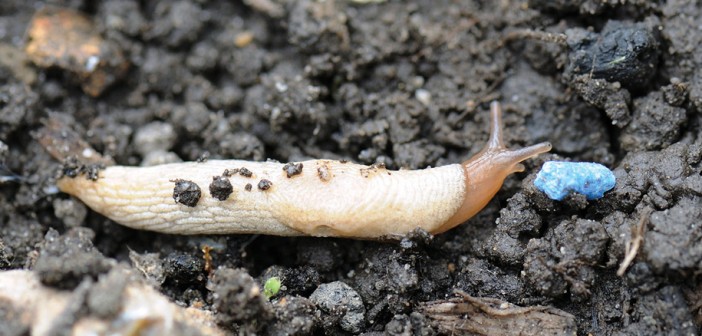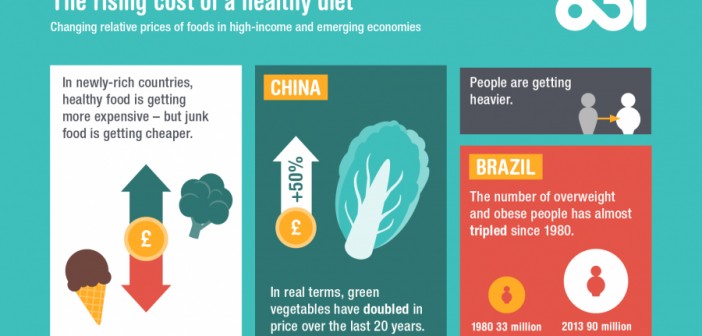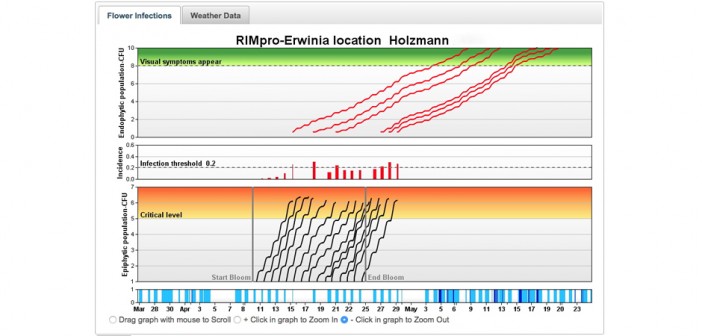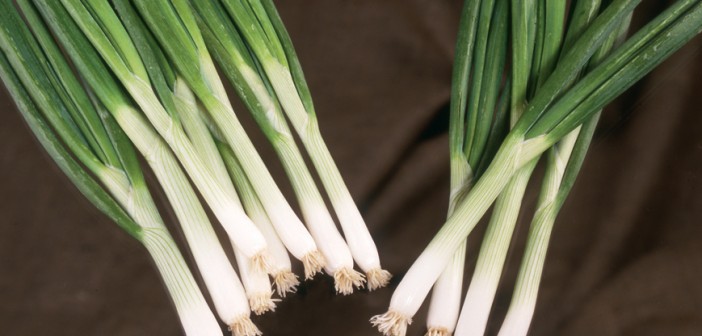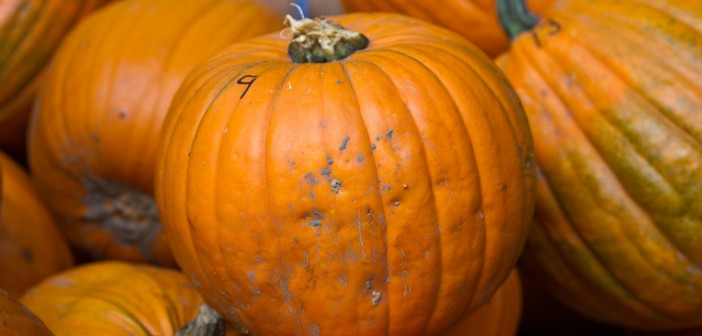A novel garden at this year’s RHS Chelsea Flower Show which highlighted how sentinel trees are being used to detect global plant pest and disease threats has won a gold medal.
The garden called ‘Beyond Our Borders’ was commissioned by the Animal and Plant Health Agency (APHA) to show how the UK government is working with overseas botanic gardens to protect our environment against alien pest and diseases.
Each zone contained a British tree ‘sentinel’ standing among plants native to each area. Coiled springs and pulsing lights represented pests and diseases and their movement both within countries and across borders due to the increased trade in plants and plant material, global travel and natural spread.
Garden designer Sarah Eberle commented, “It’s fantastic to have achieved a gold medal with this fresh garden. The Chelsea Flower Show offers an innovative and creative way to inform the public about how, by working together, we can protect our environment.
“The inspiration for the garden came from a new international project, led by the UK, aimed at creating a network of tree sentinels in botanical parks and gardens around the world. I wanted to illustrate the danger of the transfer of plant pests and diseases across international borders and have done this by using springs to represent the plant pests and diseases, which are elusive and mobile.”
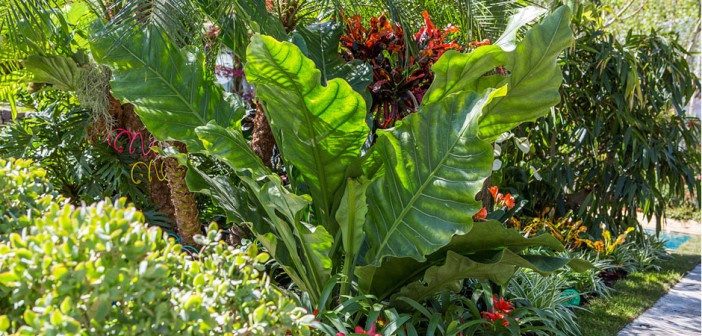
The post Chelsea garden highlight global pests appeared first on Hort News.
